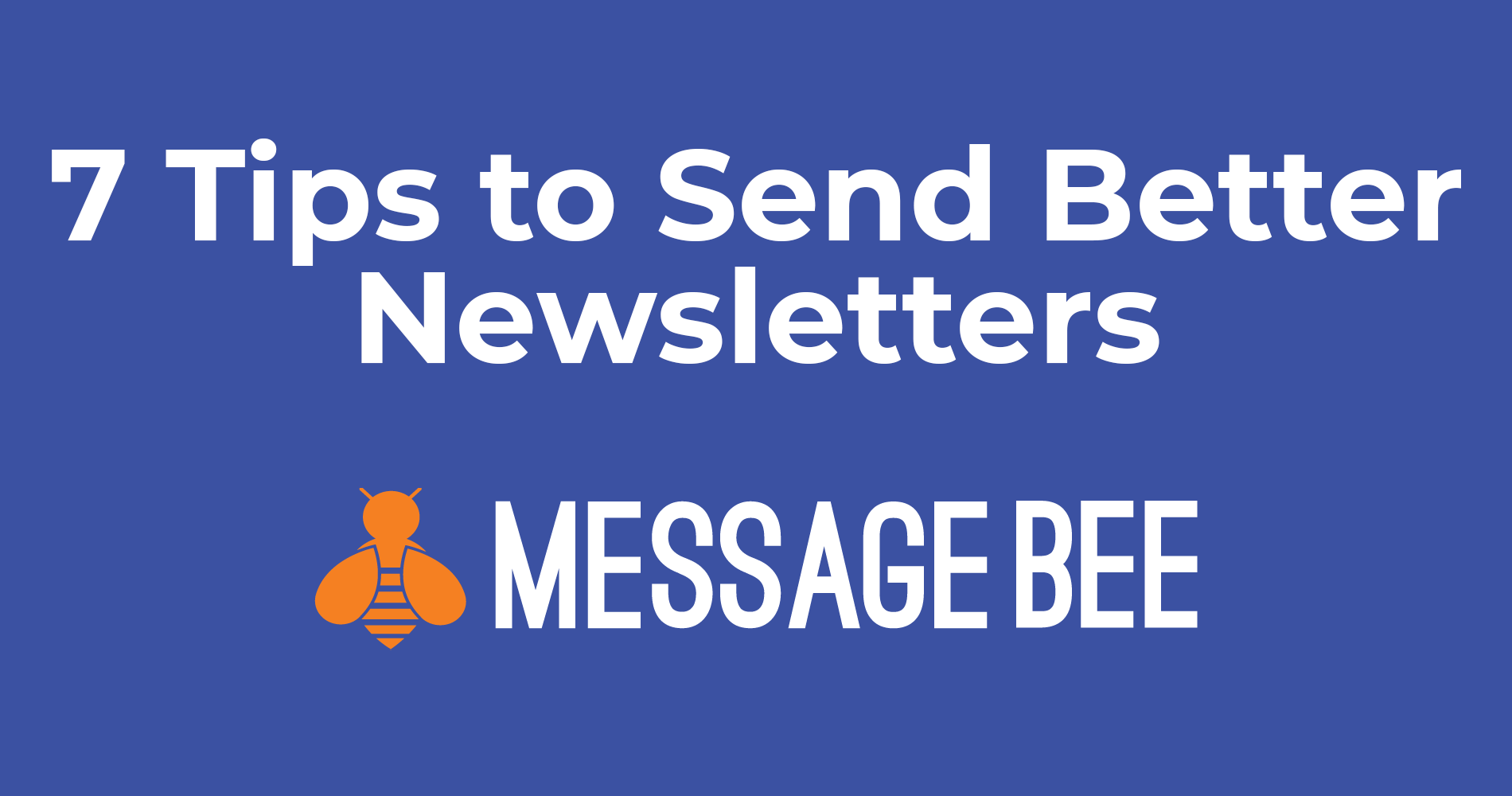MessageBee is the ultimate library email tool. Using it for both transactional emails and for newsletters maximizes your investment in the software that can drive engagement for your library. Without the right know-how though, your library might not be sending the best possible newsletters to your patrons.
Here are 7 tips that can take your newsletters to the next level.
1. Designing for mobile
Flexibility is important. With the ability to preview your email communications in both a desktop and mobile format, you can design with any device in mind. Some patrons may be opening your emails on their phone, others may use a desktop computer. With the mobile preview, you can customize how your email will look based on what kind of device is opening the email. This ensures that your message is consistent, no matter how your patrons are reading your emails.
2. Check, and check again with the test email function
Want to see how your email will look to your patrons before you send it to everyone? With the “Send Test Email” button you can send a test email to yourself or a colleague and double check that the formatting, links, and text all look correct for your patrons. You can send an unlimited amount of test emails, so you can play around with settings and versions before sending to all your patrons.
3.Test in different email clients
Different email clients (Outlook, Gmail, Yahoo, etc.) open and render images differently. It’s important to send test emails to different kinds of accounts to ensure that you emails will work for a maximum number of patrons.
Tip: Add several email accounts to a single “test list” and send an email communication to the list, so that it looks exactly like it will to patrons.
4. Test for spam
Use a free online spam test tool like Newsletters spam test by mail-tester.com Mail-tester.com to check the spam score of your newsletters. The free service identifies things like if your email address is listed on a blacklist and how to remedy, and the content of your email too.
5. Track UTM links
“You can’t measure what you don’t track.” Make sure you are tracking your emails not only in MessageBee, but by using a UTM link builder and google analytics. You can read more about how to use them in this article by Forbes. By adding UTM links to the clickable elements on your email messages, you can track and understand what is most popular and what your patrons want from your newsletters.
6. Use dynamic lists to fine-tune your message
Dynamic lists are an exciting feature in MessageBee. If you want to send specific versions of a newsletter to say, patrons with kids for example, you can designate that in the dynamic list tab of MessageBee. Your patron base can be narrowed down by any parameter that you identify in your ILS. If you want to keep things general, or don’t collect identifying characteristics about your patrons, then you can keep it general and send to your entire subscribed patron base.
7. Write a catchy subject line and use emojis

“3 must-read books for June”
“Five events at the Jefferson branch you don’t want to miss”
“Check out what you’ve been missing”
These are all good examples of subject lines that will get your messages opened. If you don’t have a good subject line, the rest of your newsletter won’t matter, because most people won’t open it. Like the blurb on the back of a good novel, the subject line is the preview for your newsletter, and should draw people in.
MessageBee also supports emojis in the subject line, and a light sprinkling of the popular text feature has been proven to increase open rates.
Tip: it is also important to make sure you fill out the preheader field, most clients display these in people’s inboxes, and it allows you to give some more details about your newsletter.
By using these tips, along with MessageBee by Unique, your library will soon be sending better newsletters.
Want to learn more about MessageBee?



